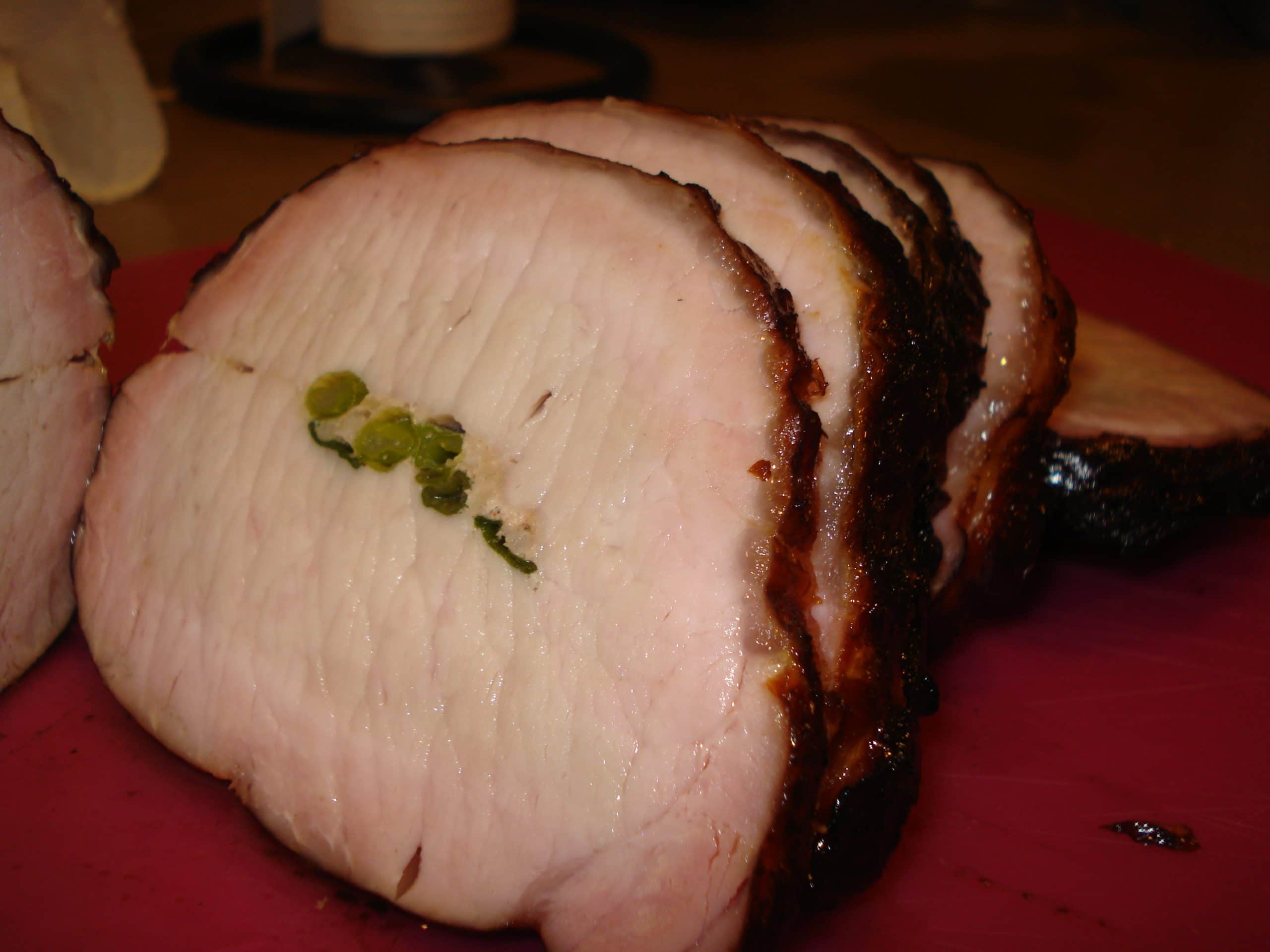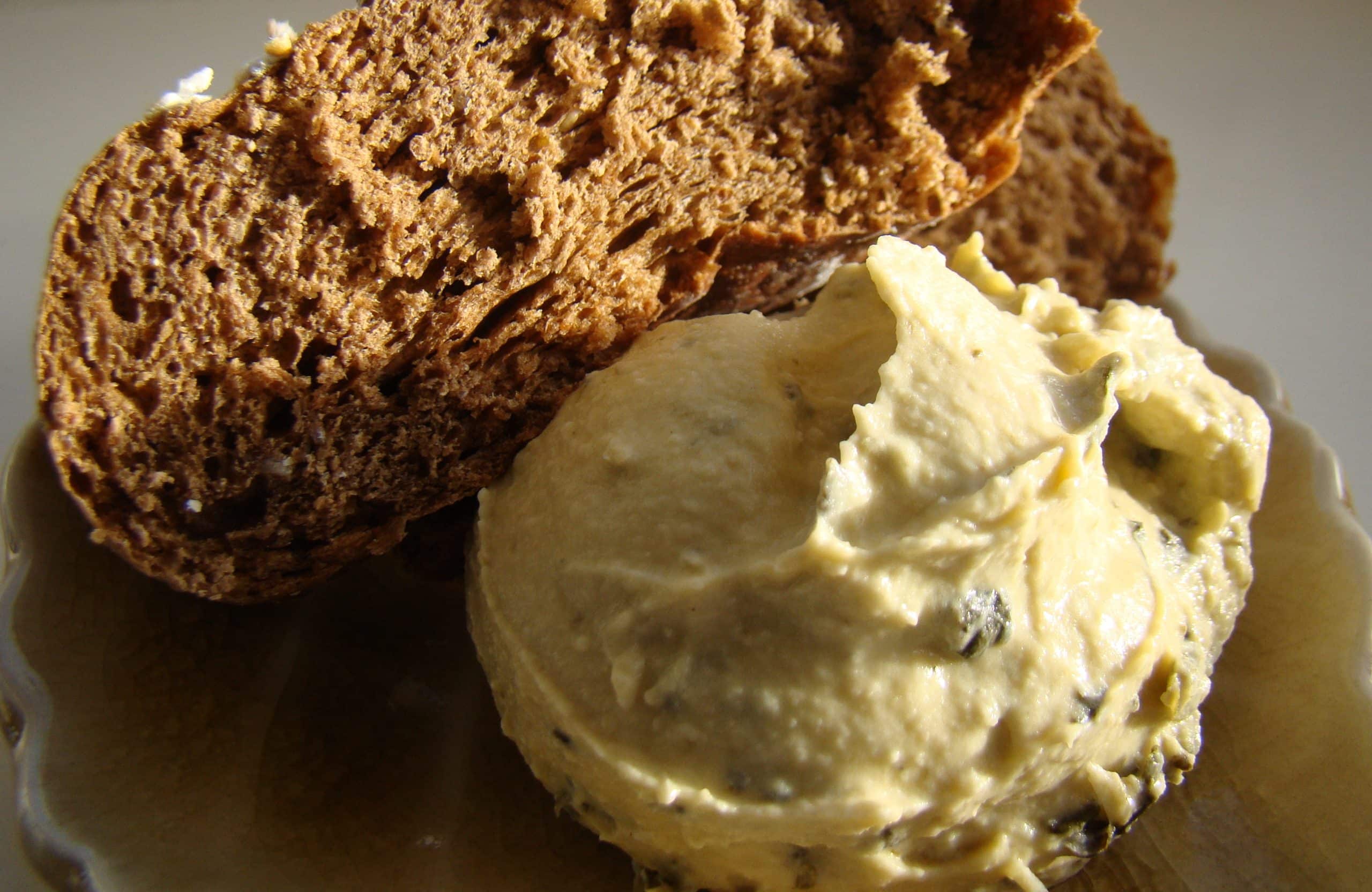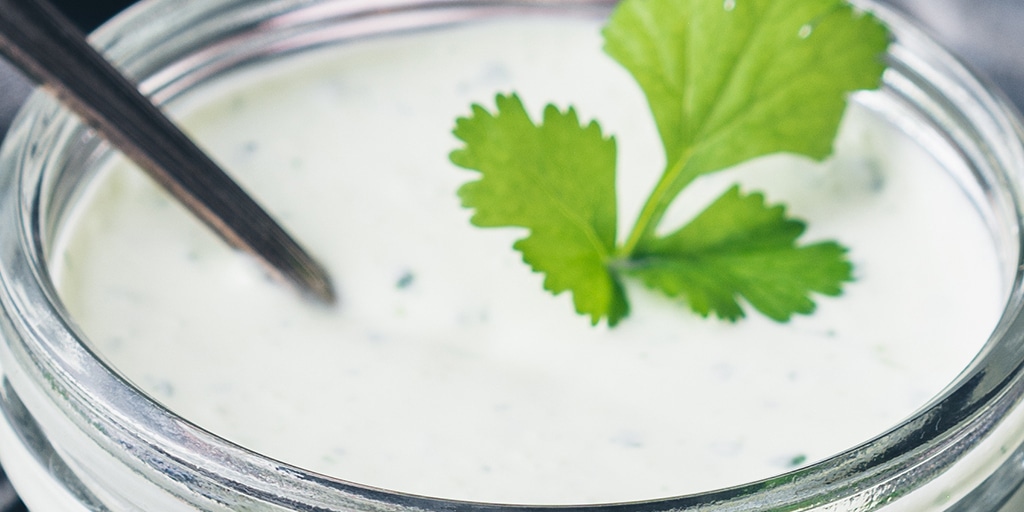Canola oil shines in the kitchen because it takes on any cooking job without breaking down. It has a light taste that lets other flavors pop, and it handles high heat like a champ when frying, baking, or sautéing. Studies show it has heart-friendly fats that cut bad cholesterol and keep the ticker ticking strong. Cheap and super handy, canola oil slides into nearly any recipe without fuss. Here’s a little-known tip: stash it in a cool, dark place to keep it fresh and yummy longer. Picture how this simple oil pumps up taste and health in your meals—that’s why it earns a permanent spot on your shelf. Stick around to find out some cool hacks that will totally transform cooking with canola oil.
It’s high in monounsaturated fats and low in saturated fat, which makes it a great addition to salad dressings, dips, sauces, marinades and anything else you want to add flavor to.
However, canola oil is also susceptible to spoilage.
It doesn’t go bad in the traditional sense of the word – but when it gets old, rancid, or exposed to heat, light or oxygen, it can turn into a noxious substance.
Does canola oil go bad?
You might be surprised to hear that canola oil doesn’t actually go bad in the same way other cooking oils do.
Canola oil will start to deteriorate when its quality starts to degrade, so it’s important to keep an eye on it.
This means that you need to pay attention to the following factors to avoid wasting your precious canola oil before it goes bad:
How long does canola oil last?
The shelf life for canola oil depends on several different things.
The first thing to consider is temperature.
If you store your canola oil at room temperature, then it will have a shelf life of around six months.
This is because the higher the temperature the shorter the shelf life becomes.
If you refrigerate your canola oil, then it will last much longer – up to two years.
The reason why this happens is because cold temperatures slow down the rate of oil deterioration.
When it comes to light exposure, the shelf life of canola oil is even more limited.
Light-sensitive ingredients such as fish oils, soybean oil, and olive oil will quickly go rancid when exposed to sunlight, so they should be kept away from direct sunlight.
The best way to preserve your canola oil is to keep it in a dark place where it won’t get exposed to light.
Ideally, you should keep it in the fridge to maintain the longest shelf life possible.
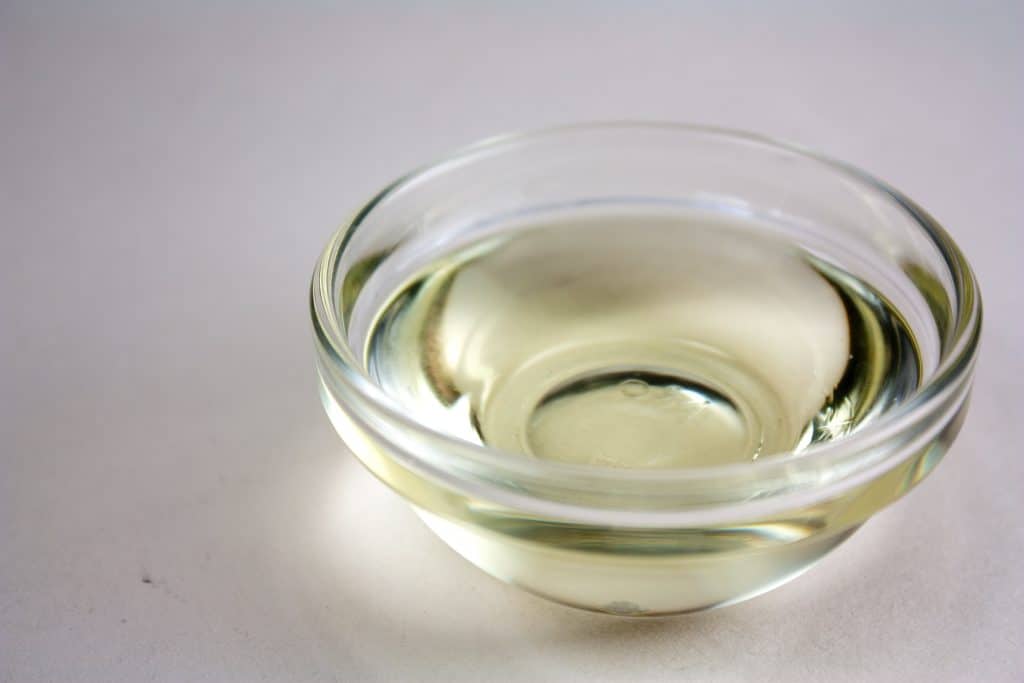
What are the signs that canola oil has gone bad?
There are many signs that canola oil has gone bad.
One of the most obvious ones is that the color of your canola oil will change.
As it ages, the yellow color turns brown and eventually black.
Another sign of rancidity is that your canola oil will develop a pungent odor.
If you smell it, then it’s definitely time to throw it out.
Other signs include the formation of a sediment or solid mass at the bottom of your canola oil container.
When this happens, you know that your canola oil is past its prime and needs to be thrown out immediately.
How can you tell if canola oil is rancid?
To test whether or not your canola oil is rancid, take a small amount of it and put it in a cup of water.
If the canola oil floats to the top of the water, then it’s still good.
If it sinks to the bottom, then it’s rancid.
How can you tell if canola oil is rancid?
It’s easy to tell if your canola oil is rancid by smelling it.
If you can smell it, then it’s probably already too late.
Just toss it out!
If you don’t mind taking the extra step to test the oil, then you can try putting it in a glass jar filled with water.
If the oil floats to the surface, then it’s still okay.
If it sinks, then it’s rancid and should be disposed of.
What does rancid canola oil taste like?
Rancid canola oil tastes very similar to regular canola oil.
You can taste it in everything from salad dressing to mayonnaise.
If you eat something that contains canola oil, then you’re likely to notice the difference between fresh and rancid canola oil.
For example, you’ll notice that the fresh canola oil tastes slightly sweeter than the rancid version.
What are some tips for storing canola oil?
One of the most important ways to keep your canola oil safe is to store it properly.
Store your canola oil in a cool, dark place where it won’t get exposed to light.
Refrigeration will increase the shelf life of your canola oil considerably, so make sure to keep it in the refrigerator whenever possible.
If you have a large quantity of canola oil stored in your pantry, then you should label it clearly so you don’t accidentally consume it all at once.
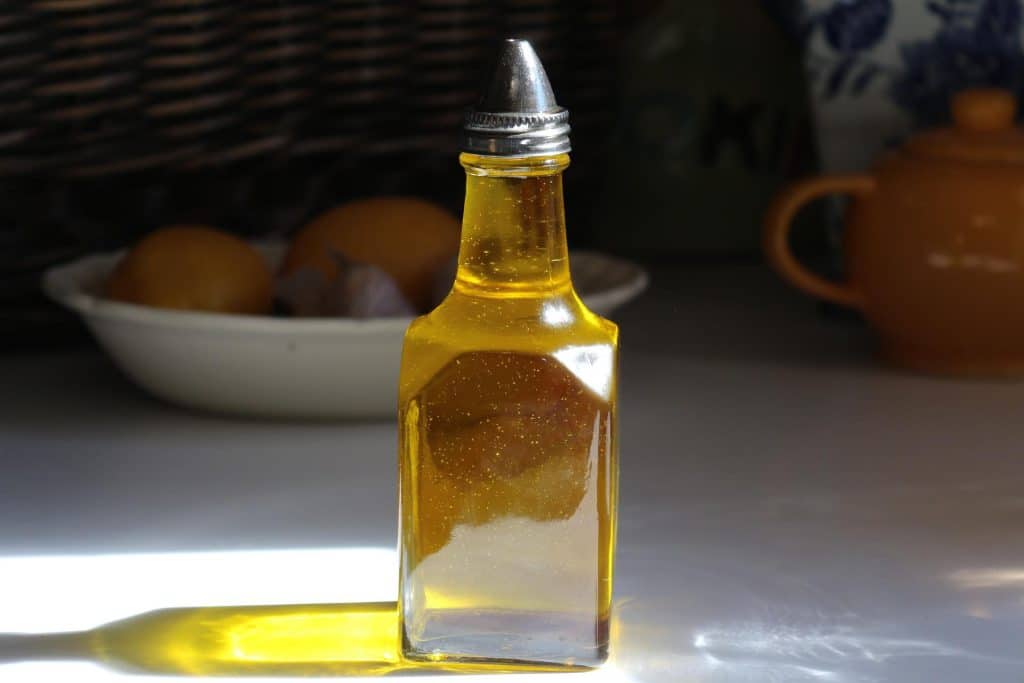
How can you extend the shelf life of canola oil?
You can prolong the shelf life of your canola oil significantly by keeping it in a tightly sealed container.
You can also prevent the growth of microorganisms that cause rancidity by using a preservative.
A few examples of common preservatives include citric acid, sodium bisulfite, and propionic acid.
Are there any uses for expired canola oil?
Yes!
There are plenty of ways to use expired canola oil.
You can either save it for future use or you can just dispose of it.
For instance, you can use it to make homemade mayonnaise.
You just need to mix it with a little vinegar to ensure that it doesn’t go rancid.
You can also use it to make homemade salad dressing.
Simply blend it with lemon juice, salt, pepper, and garlic powder.
You can also add herbs or spices to enhance the flavor.
If you live near a health food store, you can buy pre-made salad dressings made with expired canola oil to give them a boost of flavor.
Alternatively, you can just blend your own salad dressing if you prefer.
What should you do with canola oil that has gone bad?
Don’t worry about throwing away your canola oil prematurely.
It’s perfectly fine if the oil is still edible after you’ve noticed the signs of rancidity.
In fact, it’s better to throw it out sooner rather than later.
In general, you shouldn’t cook with canola oil that has gone bad.
Instead, you should store it in the refrigerator until it’s completely unusable.
You should also avoid eating foods containing canola oil that has gone bad.
What does rancid canola oil look like?
Most people assume that rancid oil looks gross or smells awful.
While that’s true, it’s also not the case.
Rancid canola oil looks exactly like fresh canola oil when it’s still edible.
Once it’s rancid, however, you’d notice that it has a brownish color and a strong odor.
If you think that the oil might be rancid, then you should discard it immediately.
- 25 Simple Lemon Dessert Recipes - December 3, 2025
- 25 Yummy Cream Cheese Desserts - December 3, 2025
- 25 Easy Cool Whip Recipes - December 3, 2025

